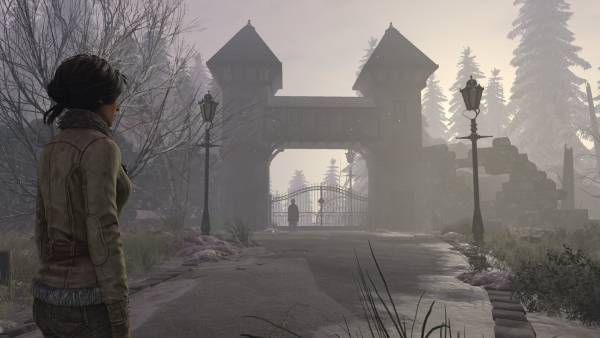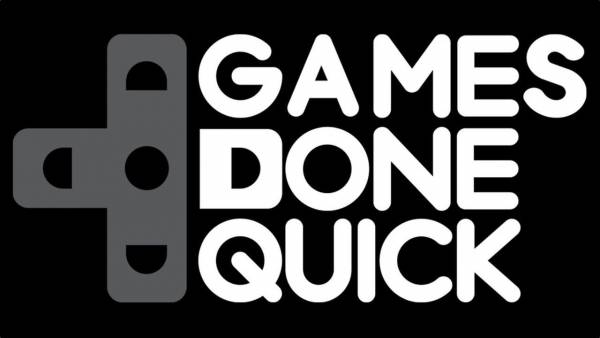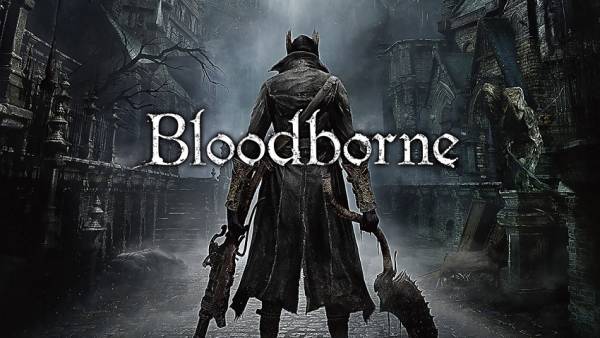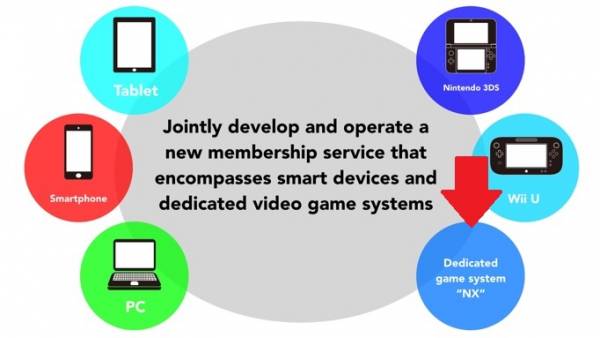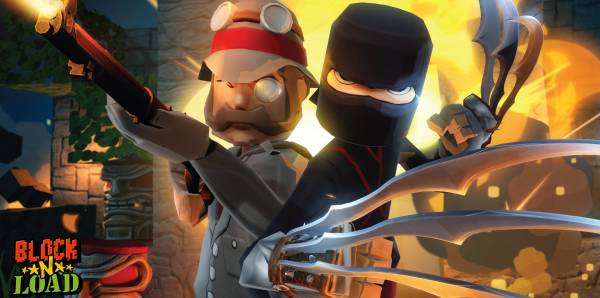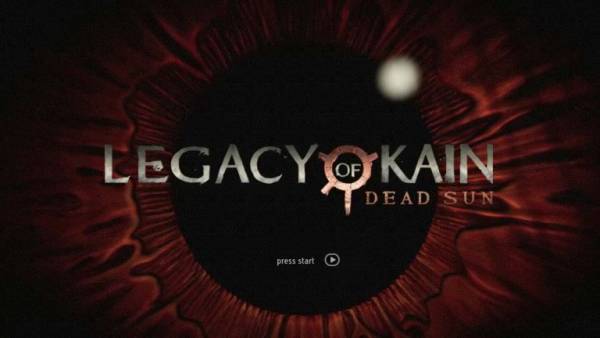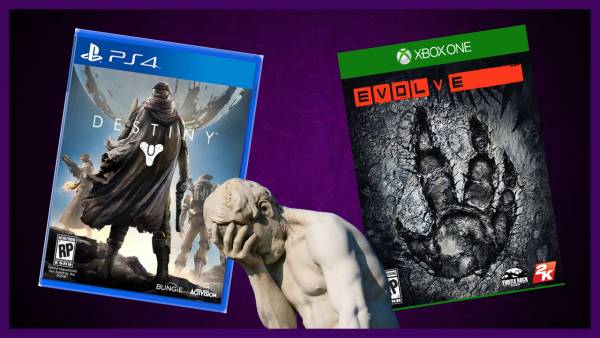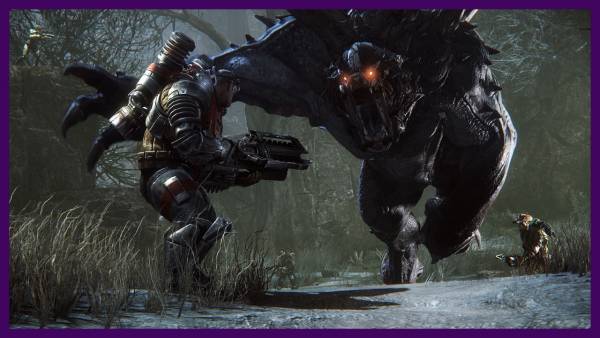It could be argued that Tomb Raider: Definitive Edition releases a year-old game with a day-one price tag. Charged at full price ($60 in the US), the game is essentially a port of last year’s third-person adventure reboot but with graphical upgrades and all DLC content included. The main game hasn’t changed that much, but before we write this off as a cash grab– it can be somewhat justified in this case. For example, the developers put a respectable amount of work into the title, including a full re-model of Lara Croft and new effects.
Tomb Raider: Definitive Edition could be an isolated incident; with less than a year between the original release and the arrival of the next-gen consoles. It was an awkward time to release a game on the PS3 and Xbox 360, meaning the PS4/Xbox One version had to come much later, essentially dooming the game to a price debate. Tomb Raider: Definitive Edition is also serving to fill a void in the post-launch drought we see with new consoles, further making it a unique case.
An upgrade plan like Battlefield 4 or Assassin’s Creed Black Flag would have made a lot more sense to most people, but that’s a debate for another day. What we’re here to discuss isn’t the price of the game, but whether we should see any more like it.
Tomb Raider: Definitive Edition answers the question: What would a last-gen game look like on the new consoles? And the answer is: very good indeed. A slick new frame rate on PS4 and a new Lara model rebuilt from the ground up, as well as some of the high-end PC effects from the original cranked up makes the game look, well, definitive.

The graphical updates do well on the Xbox One and PS4.
What would Uncharted look like on the PS4? Obviously a new Uncharted game would answer that question – one is currently in development – but does that mean we should have upgraded versions of the existing Uncharted trilogy on our PS4s too? The prospect of Uncharted 3’s desert scenes running in full 1920×1080 and 60fps with all the anti-aliasing you could want is tantalising for sure, but how much should we be willing to pay for it?
There are some lessons to learn from the HD Collections we saw in the PS3/360 era. People have showed time and again that they’re willing to pay again for a classic title if it’s more convenient due to their console, or if it’s been upgraded in some way. The first notable HD collection was God of War Collection, which put two PS2 games on a Blu-Ray disc and charged budget price for it.
The key thing to remember is that this was a package of more than one game, in a new resolution and frame rate it wasn’t in before, at a budget price.
Price is the key issue – if an Uncharted Trilogy Special Edition came out, or if a Batman Arkham Trilogy box set was released for less than full price, they would probably perform quite admirably both critically and commercially. However if it was just one game at full price then alarm bells would start ringing.
The fear that gamers have is that other publishers will follow in the footsteps of Tomb Raider and re-release next-gen versions of old games one at a time for $60, as opposed to cheaper collections and trilogies. As the saying goes, vote with your wallets – if you don’t want to see that sort of thing continue, then don’t support it.
The idea of an old game being given a new life is one that should be encouraged, but tasteful considerations and appropriate pricing and delivery for these games will determine if gamers treat these with respect or contempt. It’s leaning toward the latter if the already awkward Tomb Raider example becomes the standard.
